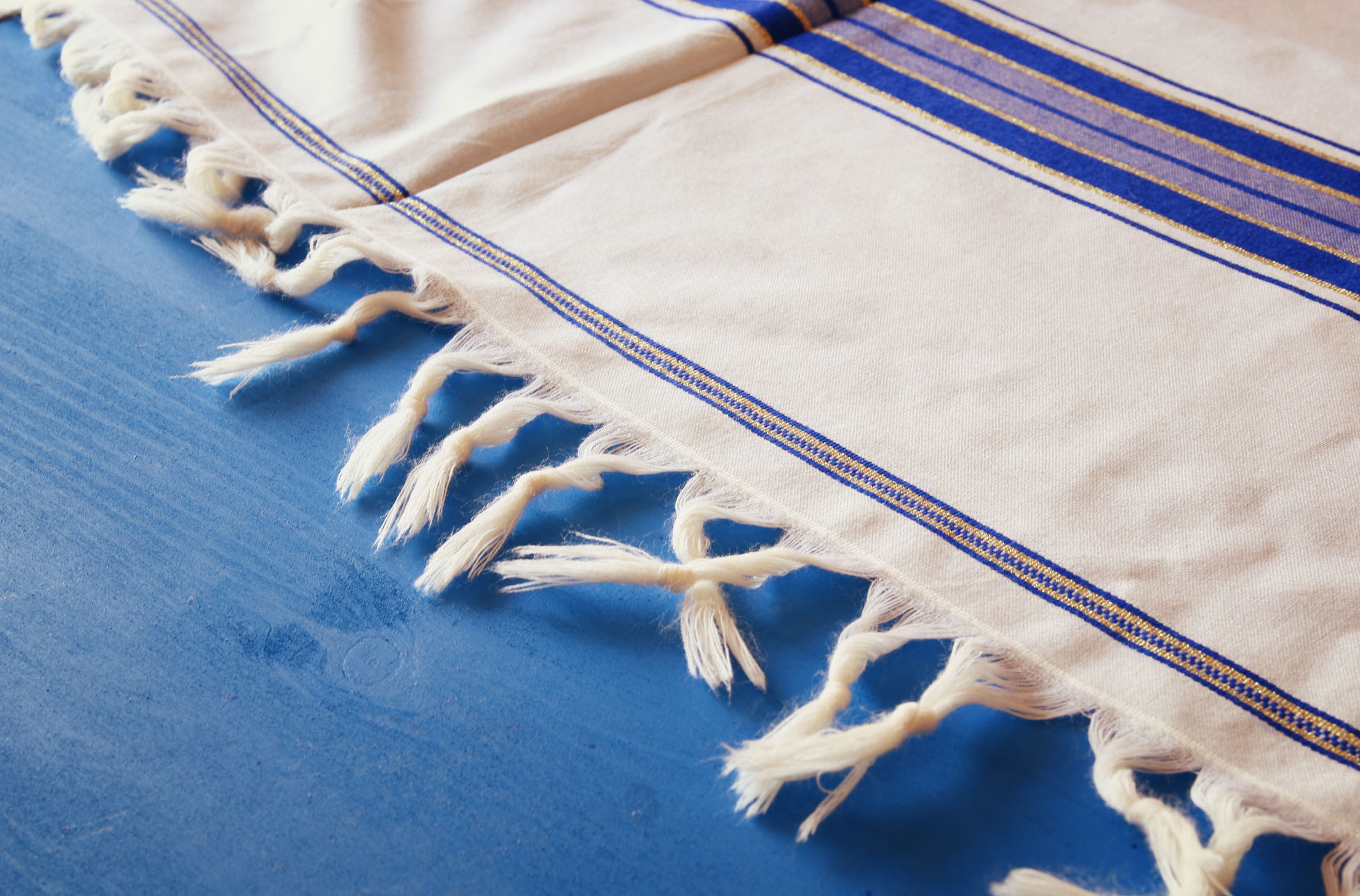
The commandment of tzitzit should have disappeared long ago. Jewish law requires tassels to be put on four-cornered garments like cloaks and shawls; but jackets and coats, which have no corners, have no such obligation. And as fashions changed, four-cornered garments disappeared from the wardrobe. Tzitzit were poised to become a relic of the past.
But that did not happen. The commandment of tzitzit tells the story of a relationship between the Jews and God, one that would never go out of fashion. And each generation has added a new strand to its meaning.
Jacob Milgrom, in his article Of Hems and Tassels, explains the symbolism of tzitzit in the ancient world. He writes:
The hem of the outer garment or robe made an important social statement. It was usually the most ornate part of the garment. And the more important the individual, the more elaborate and the more ornate was the embroidery on the hem of his or her outer robe…Thus, the significance of the tassel (as well as the elaborate hem) is this: It was worn by those who counted; it was the “I.D.” of nobility. The requirement of a blue cord (tekhelet) in the tassels lends further support to the notion that the tassels signified nobility because the blue dye used to color the threads was extraordinarily expensive…..The requirement of the blue thread—royal blue—is a sign that Israel is.… a “kingdom of priests and a holy nation” (Exodus 19:6). Every Israelite wears his priestly clothing, the tsitsit. The tassels are a reminder of this holiness, as the passage from Numbers makes clear… Though Israelites who are not of the seed of Aaron may not serve as priests (Numbers 17:5), they may—indeed, must—strive for a life of holiness by observing the Lord’s commandments.
Hems and tassels declare a person’s status; and the blue tekhelet thread in the tzitzit bespeaks royalty. But, unlike other nobility, the hem of the Jewish garment is no ordinary status symbol; it demands that the wearer prove themselves worthy of their status, to pursue a life of holiness.
Later generations saw the tzitzit through a very different lens. The Babylonian Talmud refers to the fringes of tzitzit as a “seal of mud,” which Tosafot explains is the symbol of slavery; all slaves wore a seal on their garments to publicize their status. Yishai Kiel adds that during that historical era, similar ideas arose in Zoroastrian thought regarding the ritual garment known as a kustig; it was also seen as a symbol of constant servitude. Rabbi Ovadiah Seforno summarizes this idea when he writes: “Remember that you are servants of God…this [is signified] by seeing the tzitzit, which is like the king’s seal upon his servants.”
In the Babylonian Talmud, tzitzit is not about being a member of royalty; instead, tzitzit are the stamp of slavery. A new perspective on the mitzvah was revealed.
At some point, people stopped wearing four-cornered garments. The Talmud already reports a conversation an angel had with the 3rd century Rabbi, Ketina; the angel says to him: “Ketina, Ketina, if you wear a linen cloak in the summer (which the rabbis exempted from tzitzit) and a coat of two corners in the winter, what will become of tzitzit with tekhelet?
In response to this, special ritual garments were developed to fulfill the mitzvah of tzitzit: the tallit, a cloak worn during the prayer service, and the tallit katan, or miniature tallit, worn as a shirt.
Each of these garments carries a different message.
The tallit is symbolic of one’s complete immersion in prayer. The Rambam writes regarding the tallit:
One should always try to be wrapped in a garment that requires tzitzit so that he will fulfill this mitzvah. In particular, care should be taken regarding this matter during prayer. It is very shameful for a Torah scholar to pray without being wrapped in a tallit.
One commentary to the Rambam adds that the tallit is the fulfillment of the words in Psalm 35:10: “All my bones exclaim, ‘Lord, who is like You.” Wrapping the body in a religious garment symbolizes that the person is devoted in their entirety to God.
The purpose of the prayer tallit is transcendence. There are several passages in the Talmud that reinforce this point. In one, Rabbi Shimon bar Yoḥai says that by looking at the tzitzit, one “merits receiving the Divine Presence.” In another, Rabbi Meir explains that the blue of the tekhelet is similar to the blue in the divine throne; contemplating the blue strands focuses us on the transcendent and the divine.
The tallit enables our hearts to take flight.
Yehuda Amichai captures this feeling quite powerfully in his poem One Who Wrapped Himself In A Tallit In His Youth:
…wrapping the whole body in it,
Tightly, tightly,
And curling up like a butterfly’s cocoon,
And opening like wings
And flying.
And why is the tallit striped?
And not checkered black and white like a chessboard?
Because squares are finite and without hope,
While the stripes
Come from infinity and go to infinity.
Like the runways
In an airport for the landing and takeoff of angels.
One enters the cocoon of the tallit, and leaves ready to fly into eternity.
This is a wonderful vision. But it is incomplete.
The Torah says that the purpose of tzitzit is to keep us focused on the performance of the mitzvot; and that is a constant, 24/7 task. Ibn Ezra criticizes the emphasis on the prayer tallit in his commentary, and writes:
Those who pray with a Tallit at times of prayer do so because they read in the Shema, “and you shall have tzizit”; however, to my opinion, it is more of an obligation in the other hours of the day, so you remember and do not falter and sin at other times; in the times of prayer one doesn’t sin…
Because of this, another form of tzitzit was introduced, the tallit katan, or small tallit; it is meant to be small, and worn comfortably like a shirt. Most importantly, it can be worn all day, with the tzitzit as a constant reminder of one’s mission and responsibilities. The problem with it is that the tallit, at a minimum, must be large enough to be a temporary covering for an adult; the tallit katan may be considered too small. For this reason, Yemenite Jews didn’t have the custom to wear them.
But this small tallit has a big purpose. Several Chasidic authors, including the Sefat Emet, Netivot Shalom, and Shem MiShmuel, quote a fascinating Midrash. It compares the person wearing the tallit to a man who has fallen off a ship. “The captain extends a rope to him and says: ‘Grab this rope in your hand and do not let it go, because if you do you will not live.’”
It is inspiring to reach for transcendence. And we must. But much of the day we are drowning in details, distracted by the pursuit of petty pleasures. For the vast majority of our lives, we aren’t taking flight to another realm.
This powerful Midrash reminds us that even when we are immersed in banality, we can still grasp eternity. Take hold of the strings of this little tallit; take hold of the small mitzvot we can do all day, from offering a kind greeting, to saying a blessing, to grabbing a glance at some words of Torah. Even in the middle of the work day, even when we feel incredibly uninspired, our souls are not lost.
With our little tallit, we can always grab hold of eternity.
Rabbi Chaim Steinmetz is the Senior Rabbi of Congregation Kehilath Jeshurun in New York.

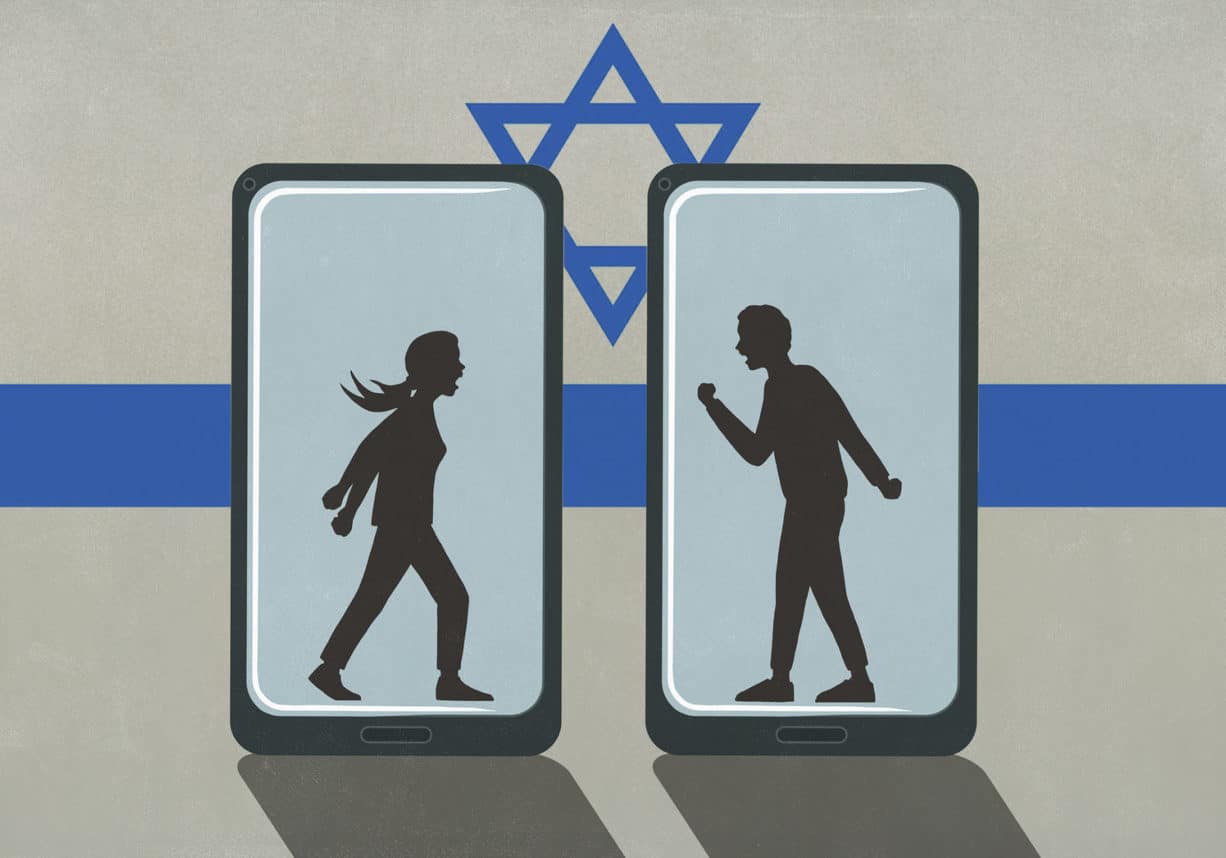











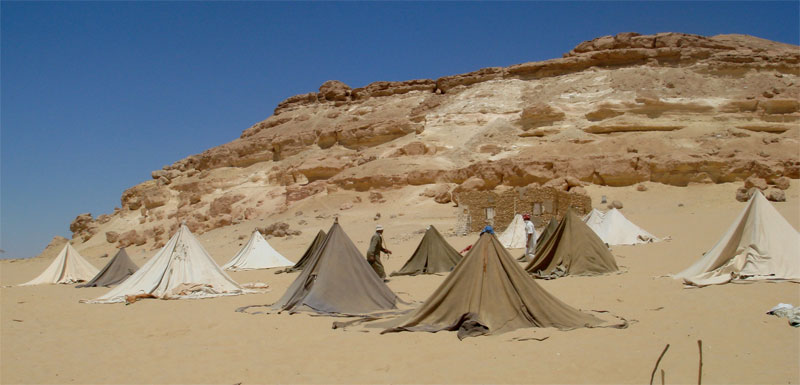



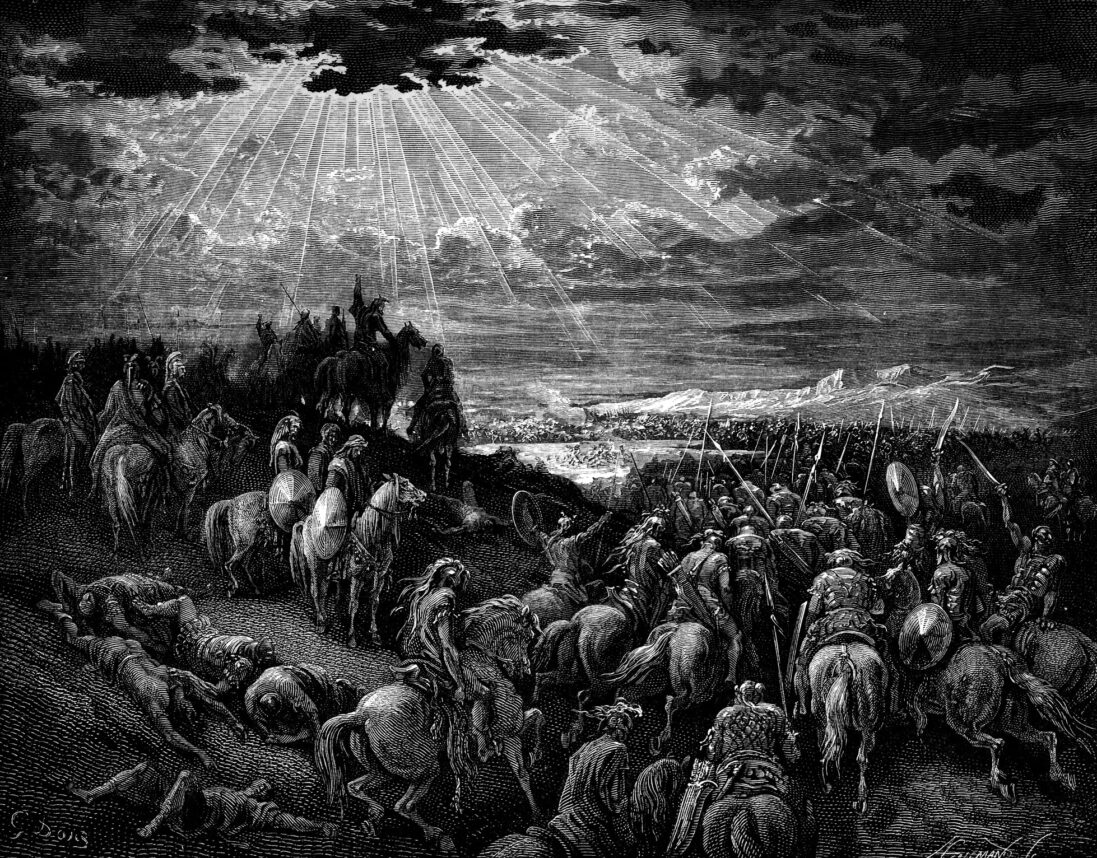







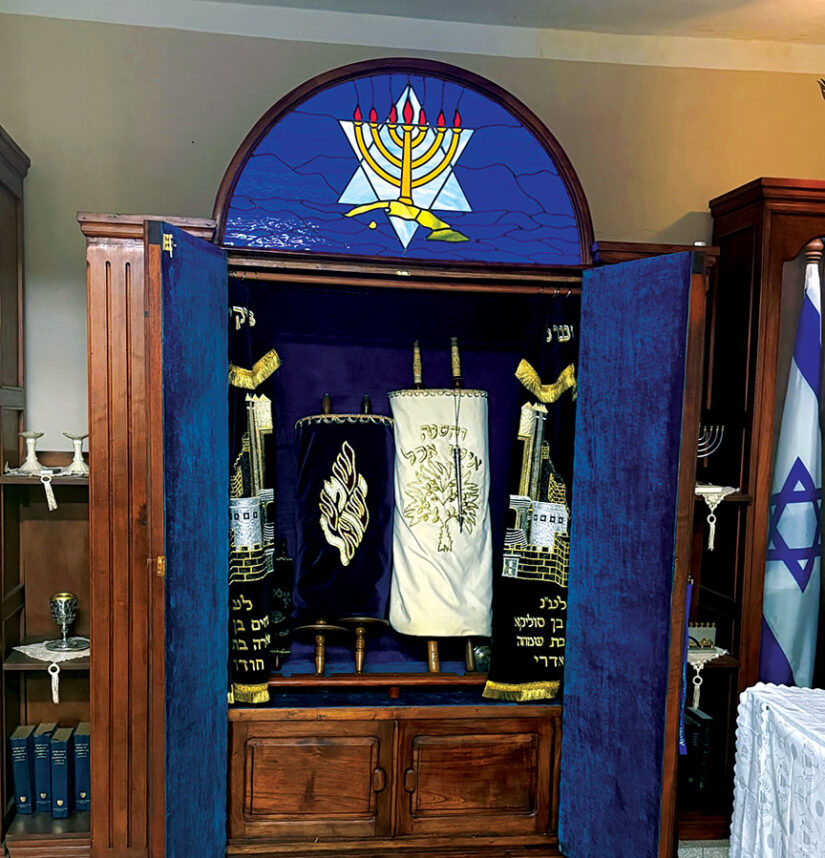



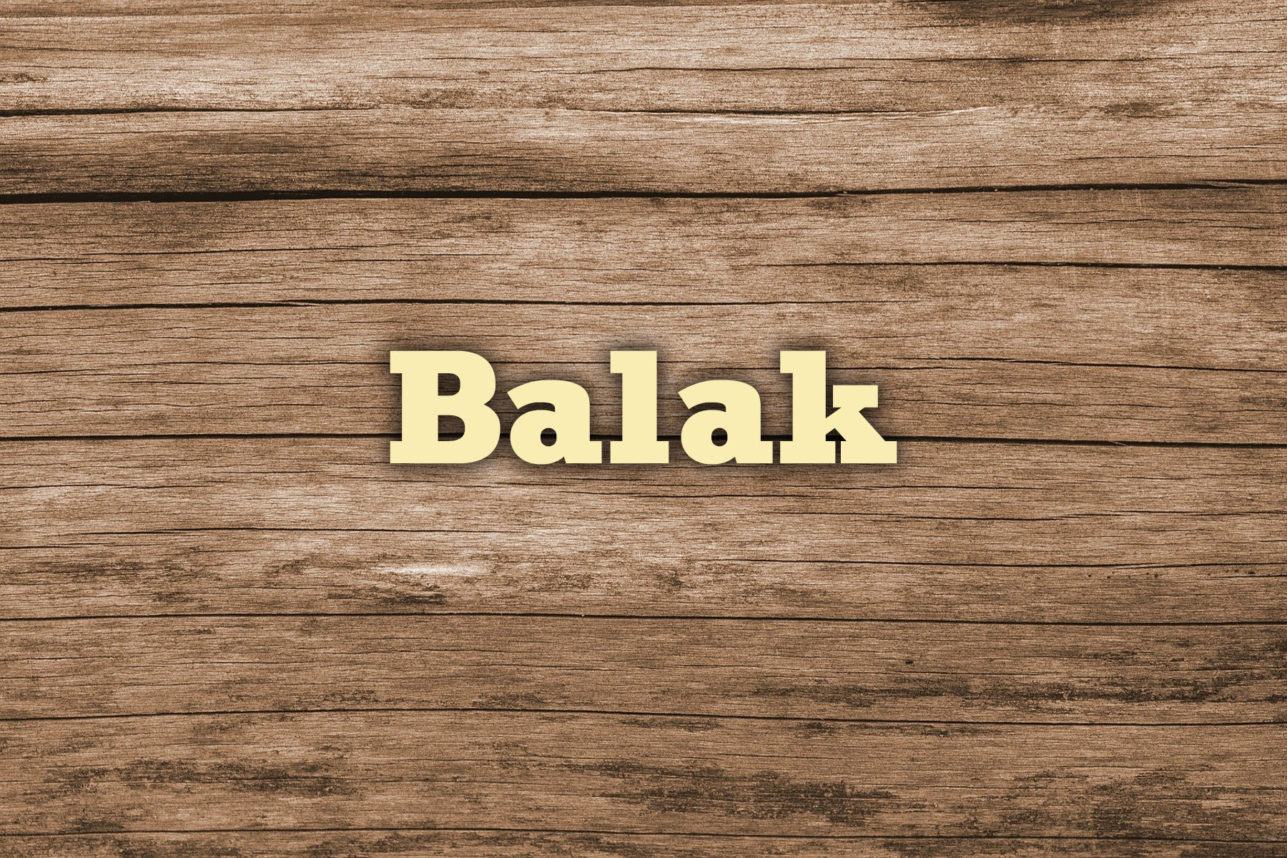



 More news and opinions than at a Shabbat dinner, right in your inbox.
More news and opinions than at a Shabbat dinner, right in your inbox.